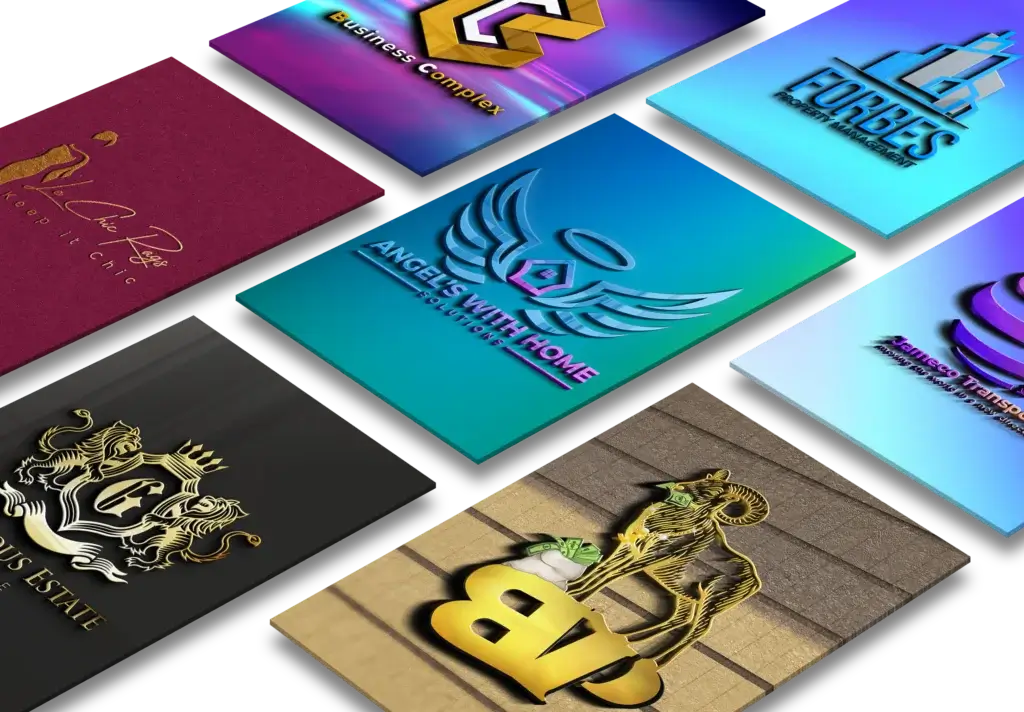I am sure you have all seen a logo before. They are those little symbols that represent an organization, company, or brand. It is the image that represents your business and plays a significant role in its branding strategy. But what does it really do? Well first of all, logos can be used to identify and distinguish brands from other similar brands. Secondly, they help build recognition among consumers for the products and services offered by their respective companies.”
A logo is a powerful tool for any company or organization. It can make or break the image and identity of your business, and it’s important to get it right. In this blog post, we’ll discuss how you can make your logo

Structure your work
First of all, structure your work and don’t start doing everything at once. It’s a great idea to do some benchmarking research in order to identify the leaders
within our industry who may share similar logos as yours so you can appeal more effectively to them!
Pick the right software
There are plenty of free and paid vector graphics tools available to download. After you’ve downloaded your pirated copy, stick with the tutorials that will make it easier for beginners like yourself who do not have any
experience using Adobe Illustrator before in order to learn more about this program’s features quicker than if they
were going at a full speed straight from DVD or web download sites without guidance whatsoever!
Don’t use photos
Forget about photos. Photos are pixelated and converting them into vectors would be a wasted effort, as the resulting logo surely won’t look good!
Understand the color wheel
If you want to design an amazing logo, it is important that your research be thorough and reliable. Make sure the colors of text used in this process match up with any industry standards or use complementary shades so they stand out well against one another when placed side by side on different surfaces such as paper signs for example!
Complementary color schemes
Complementary colors are those that exist opposite each other on the color wheel. For example, green and orange or blue and red create high contrast which can lead to vibrant looks depending on how much they’re detailed with details like full saturation.
Analogous color schemes
Though similar to one another, analogous color schemes still provide a fresh look with their soft and natural tones. If you plan on using these colors in your design then be sure that there’s enough contrast between them or else it’ll just blend together into nothingness!
Triadic color schemes
A triadic color scheme is a popular and creative way to make your room pop. It’s also easy enough that anyone can do it! For example, imagine purple from matte paint on the walls with green accents in door frames or other trimming techniques-bright but not too overwhelming for those who don’t like wild schemes
This type of pattern has three colors evenly spaced around an entire spectrum: Muted pastels such as greyish blue tend towards being trichromatic whereas vibrant shades usually only have two versions per hue – think about how often you see red/green contrasts rather than orange
Master grids and structure
When designing a logo, always use the grid and pay attention to details. Make sure that each individual part of your Design is aligned proportionally with one another in order for it to look good at different sizes or compositions
Strip it back to the basics
A logo is the first thing customers see when they visit your website or walk into one of your stores. They want it to be simple, straightforward, and recognizable so that word can spread about what you have going on there quickly!
Keep logos minimalistic by not over-designing them with complicated graphics which may confuse people who are just browsing – instead, keep things clean but also informative like using bright colors (likes blue) as this will make everything easier on viewers’ eyes
Last words
Logos design is a complicated process that can be difficult to understWebsite Design Feet first, but with enough practice and experimentation, you’ll find it gets easier. The most important thing isn’t the theory behind logos – instead focus on what type of font or shape will make your message come through clearly for all readers in their own language!
For more info visit us at nationalwebsitedesigns.com

